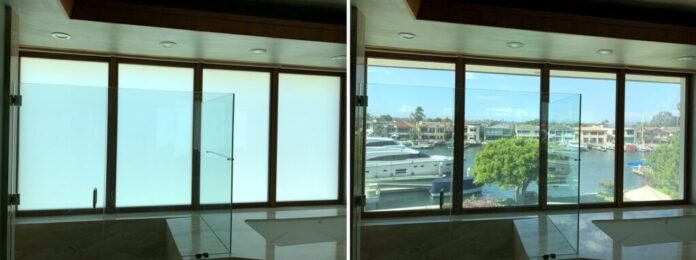The modern era has seen remarkable advancements across various sectors, and one such area where technological transformation is clearly visible is window films. The latest innovations in abode window film technology are revolutionizing how we think about, use, and experience windows in both residential and commercial settings. Window films, which were once merely a decorative element or a means to filter sunlight, have evolved into sophisticated solutions for enhancing energy efficiency, increasing privacy, and even incorporating smart technology.
Window films today are much more than tinted sheets of plastic. Recent innovations have brought us varieties that contribute significantly to energy savings. High-performance films can reflect a substantial percentage of solar radiation, reducing the heat entering a building and thereby cutting down on cooling costs. Such films can be especially beneficial in urban settings where air conditioning units are a necessity rather than a luxury.
Moreover, the fundamental structure of window films has evolved, featuring multiple layers that each serve a distinct purpose—from UV protection to glare reduction. One of the most exciting developments in this field is the advent of low-emissivity (Low-E) window films, which are designed to reflect interior heat back into the room during colder months, while still reducing heat penetration from outside during the summer.
This ensures a comfortable indoor climate year-round without the constant need for air conditioning or heating.
However, it’s not just about energy efficiency. The latest innovations have also widened the scope for privacy and security. Advanced window films now offer enhanced security by strengthening glass surfaces against breaking. In the event of an impact or attempted break-in, these films can hold shattered glass pieces together, preventing harm from shards and deterring forced entry.
Additionally, there are films designed for privacy that obscure the view from the outside without sacrificing natural light. These can range from semi-transparent films that blur outlines to fully opaque designs that only allow light to pass through. The adaptability of these films makes them suitable for various environments—from bathrooms and corporate offices to retail storefronts.
One of the most groundbreaking trends in window film technology is the integration of smart capabilities. Smart films can transition between clear and opaque states with the flick of a switch or even automatically based on the time of day or the level of sunlight. Imagine a morning where you wake up to sunlight streaming softly through the windows which then transforms into a darkened state for a home cinema experience by afternoon, all controlled via your smartphone. Such films are the cornerstone of creating “smart windows” that can contribute to energy management and offer unique user experiences.
Environmentally conscious consumers will also appreciate the latest window films made from sustainable materials. These films carry all the benefits akin to traditional options but are produced with greener materials, contributing to overall sustainability goals. Companies are exploring materials that are not just less harmful during production but also more durable, reducing the need for frequent replacements and ultimately leading to reduced waste.
It is clear that the evolution of window film technology is rapidly progressing, bringing about enhanced functionality and multiple benefits. From energy savings and improved security to smart tech integration and sustainability, the innovations in this field are playing a significant role in modern architecture and interior design.
While the primary aim remains to improve overall efficiency, the ways window films achieve this are becoming increasingly complex and intelligent. As research and development continue to push the limits of what’s possible, the future of window film technology promises to bring even more impressive and user-centric solutions.









